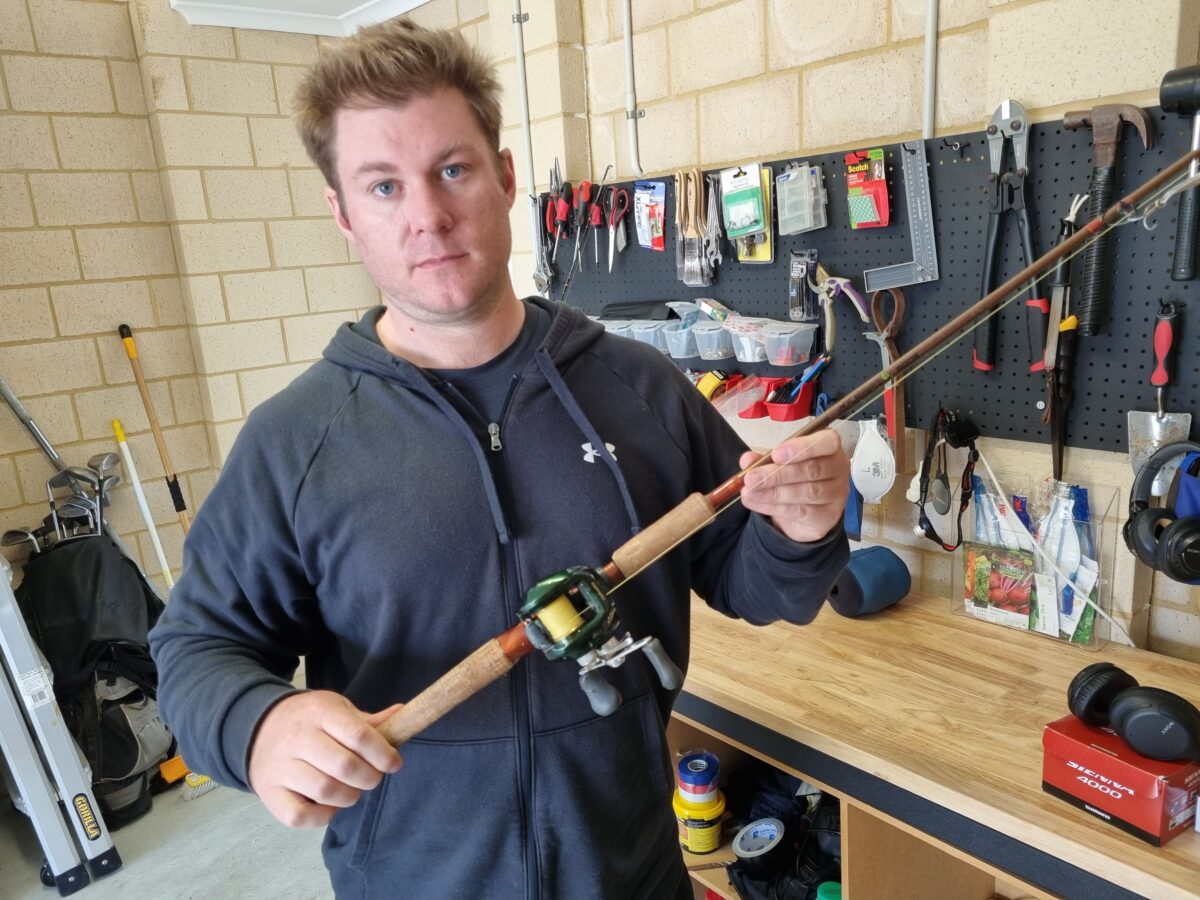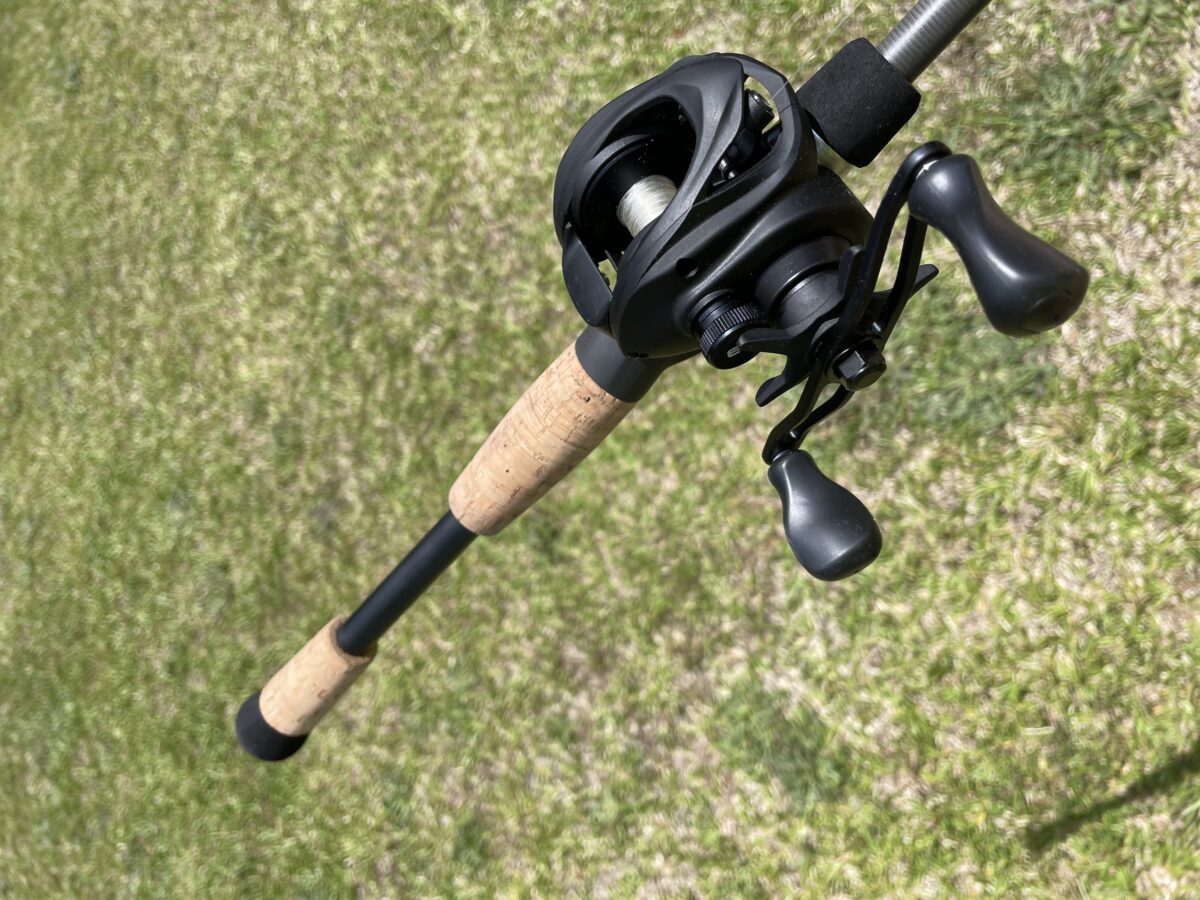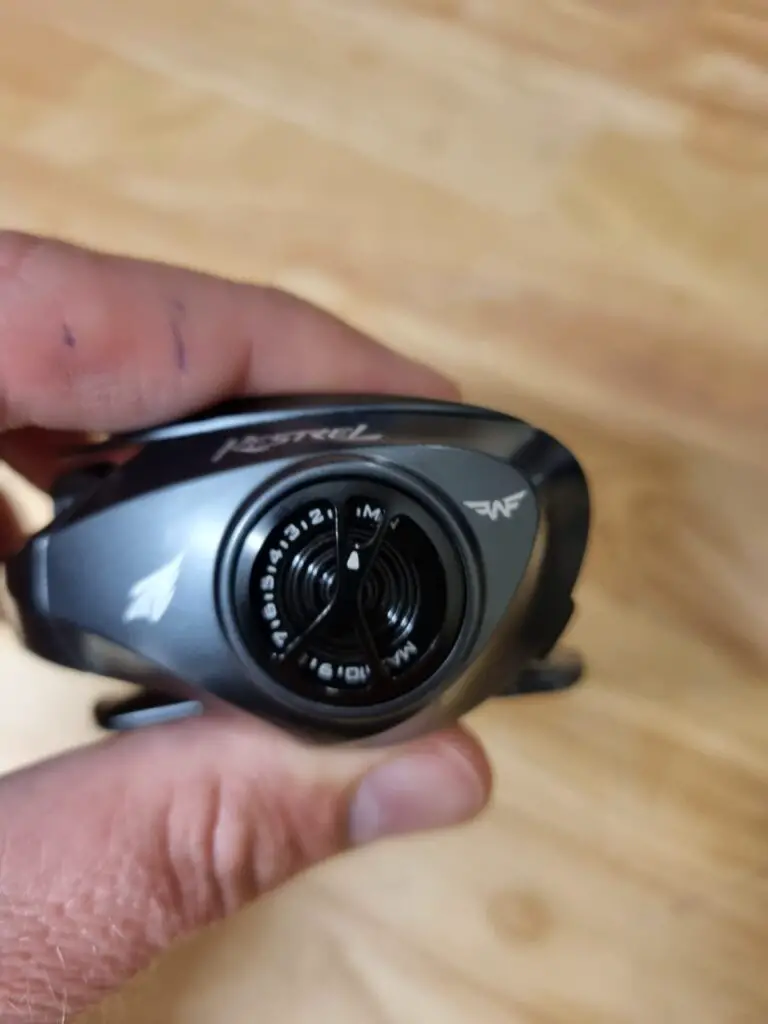In my experience, using a baitcaster can initially feel difficult due to its intricate casting process and the control required over the spool’s rotation. But, with a little patience, practice, and the right tips, it can become a rewarding addition to your fishing toolbox.

Table of Contents
What Makes Baitcasters More Difficult Than Spinning Reels
Baitcasting reels, or baitcasters, have a reputation among beginners and even seasoned anglers for being hard to use. The main reason for this is the level of control they demand. Unlike spinning reels, baitcasters require you to control the spool’s rotation during casting. If not done correctly, this can result in a tangled mess of line, known as a backlash, or air knots.
In my early fishing days, switching from spinning reels to a baitcaster felt like learning to fish all over again. But I didn’t take long to appreciate the unique advantages baitcasters offer.
For example, I noticed a marked improvement in my casting accuracy.

Tips to Make Baitcasters Easier to Cast
If you’re new to using a baitcaster, don’t be discouraged by the learning curve. Here are a few tips I wish I had known when I first started:
Start with the right gear
Using lures or baits that are too light can make casting difficult. Choose a lure that matches the reel’s recommended weight to start with.
Adjust the reel’s tension knob
Before casting, you need to adjust the reel’s tension knob according to the weight of your lure. This can prevent a lot of potential backlash.

Take it slow
Rushing the casting process can often lead to mistakes. Practice making slow, smooth casts first. Speed can come later.
How to Prevent Backlash and Air Knots
Preventing backlash and air knots is a major concern for beginners, and for a good reason. Nothing ruins a good day of bass or trout fishing like spending half the time untangling your line.
The best way to avoid this mess is by using your thumb to slow down the spool during the casting process. This was a game-changer when I first learned how to use a baitcaster reel. By lightly pressing my thumb against the spool as I cast, I could control the line’s speed and significantly reduce the risk of backlash.

Adjustable Braking Systems Make Baitcasters Easier
One of the best features of modern baitcasters is the adjustable braking system. This feature helps control the spool’s speed during casting, making it easier to prevent backlash.
When I first started using baitcasters, I found it hard to cast without a backlash. But it became much easier once I learned to adjust the braking system correctly. The trick is to start with the brakes on a higher setting and gradually lower them as you get more comfortable with your casting.

Backyard Casting Practice
If you’re intimidated by the thought of using a baitcaster on the water, I have good news: you don’t have to start there. My best advice for beginners is to start in your backyard.
This is exactly what I did. I set up a few targets and practiced my casting. This allowed me to make all my rookie mistakes in private and understand the casting process better without the added pressure of catching fish. Believe me, it makes a huge difference.

Common Mistakes and How to Avoid Them
We all make mistakes, especially when we’re learning something new. I certainly made a few when I first started using baitcasters. Here are some common ones and how you can avoid them:
Overfilling the Spool
This was one of my first blunders with baitcasters. I thought, “the more line I have, the farther I can cast,” but it led to more tangles and backlashes. It’s important to only fill the spool to about 1/8th inch from the top edge.
Improper Thumb Control
Learning how to feather the line with your thumb is crucial. Applying too much pressure can abruptly stop your lure, while not applying enough can cause a bird’s nest. It took me a lot of practice to find the right balance, but remember, the thumb is key to controlling the spool’s speed.
Incorrect Braking System Adjustment
Not adjusting the braking system according to the weight of your lure is a recipe for backlash. When I first started, I would often forget to adjust the brakes. Now, it’s part of my routine every time I switch lures.

Not Practicing Enough
Just like anything, the more you practice, the better you get. Initially, I was frustrated with the number of backlashes and thought about switching back to spinning reels. But with more backyard practice sessions, my casting improved significantly.
Using Light Lures
Baitcasters are designed for heavier lures and baits. Using light lures often leads to poor casting control. Sticking to the recommended weight range for my specific baitcaster made a world of difference in my casting control and distance.
Remember, every angler makes these mistakes at some point. The key is not to get frustrated. Soon, you’ll be casting like a pro with your baitcaster.
Conclusion
Yes, baitcasters can be hard to use at first. But with a bit of practice, patience, and the right adjustments, they can be incredibly effective tools for your fishing adventures.
Whether you’re just starting or are a seasoned angler looking to enhance your skills, don’t shy away from baitcasters. They may require a bit more finesse and practice than spinning reels, but their control and accuracy are well worth the initial effort. Remember to practice, adjust your brakes, and most importantly, have fun on the water.
